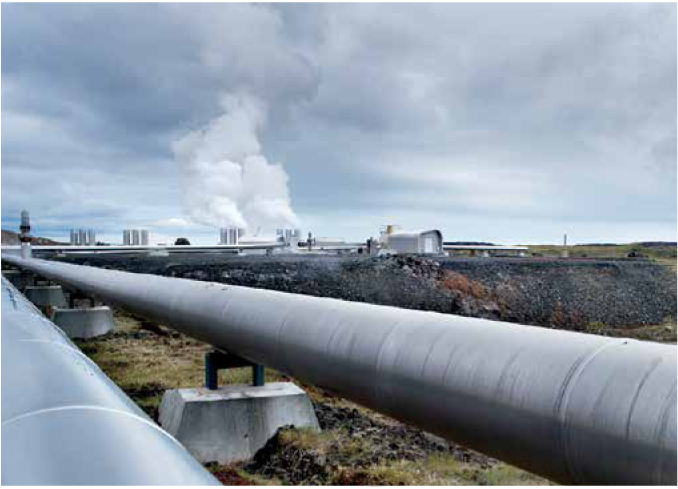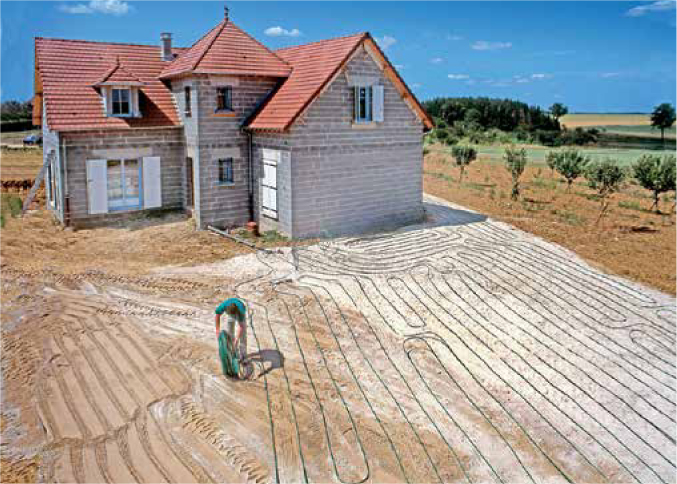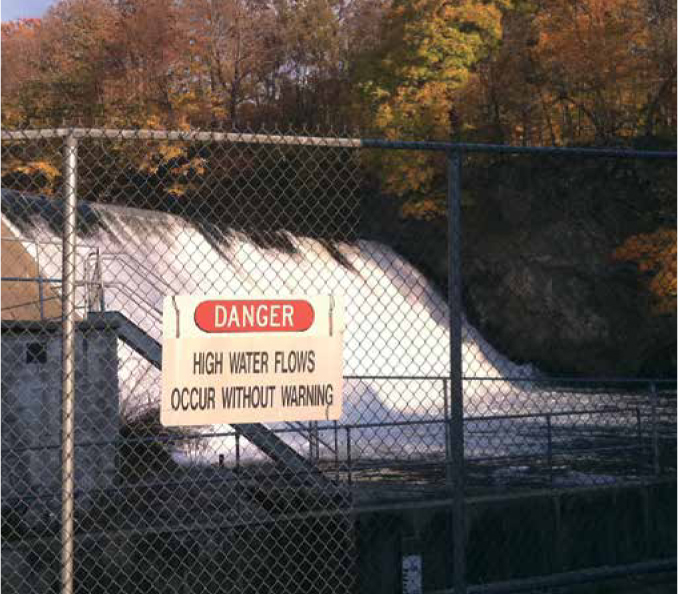24.6 Power can be generated from moving water—but at potentially significant environmental and social costs.
The island of Samsø is shaped curiously like a violin. It is also surrounded by one of the most significant sources of renewable energy worldwide: water.
Humans have harnessed the power of falling water for thousands of years, ever since early civilizations used watermills to grind grain into flour. Today, energy produced from moving water—known as hydropower—supplies more electricity to the population than any other single renewable resource. Approximately 60% of electricity in Canada and 20% around the world is generated from hydropower. Large-scale hydroelectric power plants at giant dams are the source of most of that power.
445
Like wind energy, hydropower is an indirect form of solar energy. (See Chapter 15 for more information about the water cycle.) Hydropower is abundant, clean, and does not typically produce greenhouse gases.
There are a variety of ways to harness the energy of moving water—from ocean waves and the tides, to capturing energy released from variations in ocean temperatures—but the most common way to generate hydropower is with dams. The Grand Coulee Dam on the Columbia River in Washington State is one of the largest concrete structures on the planet and the third-largest dam. The more than 9 million cubic metres of concrete that make up the dam could form a 1.2-metre-wide sidewalk wrapped twice around the equator. The dam is the largest electrical power producer in the United States, with a total generating capacity of 6809 MW. The reservoir created by the dam, an artificial lake that pools behind the structure (called an impoundment), stretches some 240 kilometres back to the Washington/British Columbia border.
The buildup of water in the reservoir creates an enormous amount of pressure; water diverted from the top of the dam flows through long pipes, called penstocks, to turbines below. As the water rushes past the curved blades of the turbines, they spin and generate electricity. Three power plants at the Grand Coulee contain 24 generators, which produce enough electricity to power two cities the size of Vancouver.
But hydropower from large dams is far from an ideal resource. It wasn’t a real option on Samsø, for instance, because the island lacks high mountain peaks whose runoff would feed large rivers. Importantly, hydroelectric systems are also responsible for the loss of major habitats and the displacement of tens of millions of people around the globe. It is the most debated and contentious of any renewable resource.


For nearby Aboriginal communities, the Grand Coulee was a humanmade disaster that sacrificed not only land, but a staple of their economy and culture—salmon. Salmon are migratory fish: they hatch in the freshwater tributaries of the Columbia, migrate downstream into the Pacific Ocean to spend most of their lives in salt water, then return to the freshwater environment of their origin to spawn. But the Grand Coulee Dam blocked the way; salmon and trout runs upstream of the dam were completely wiped out.
British Columbia, Manitoba, Newfoundland, Labrador, Quebec, and the Yukon produce over 90% of their electricity from moving water. In British Columbia’s mountainous terrain, there are dams on several major waterways and many of the same problems arise there. These dams create water impoundments that flood upstream valleys and reduce flow downstream. Flooded areas are no longer useful as hunting grounds for local First Nations communities, and fish are unable to migrate upriver to spawn, reducing fish populations, especially for trout and salmon. In the flatter terrain of northern Québec, tall dams are uncommon, but there are several diversion and dam mega-projects, such as the massive James Bay project, which generates over 10 000 MW annually. These northern projects have come at a cost to local Aboriginal communities who have lost traditional hunting grounds to extensive flooding. Flooding of organic soils leads to an increase in mercury bioavailability to the food chain. In many reservoirs, mercury levels in fish have risen, making their use as an alternative source of food and income a risky choice. Greenhouse gas emissions also increase temporarily in new reservoirs, although the long-term impacts of forest or peatland flooding on carbon cycling are not yet fully understood.

Not all hydropower systems have the same impact as a giant dam. A run-of-the-river hydroelectric system, often a low stone or concrete wall, doesn’t block the water; it merely directs some of the flowing water past a turbine and thus generates electricity from the natural flow and elevation drop of a river, which is less disruptive to the river ecosystem. But this system is only suitable for rivers with dependable flow rates year-round. Such systems are useful in remote areas where electricity can be costly, and they are good candidates to supplement solar power systems.